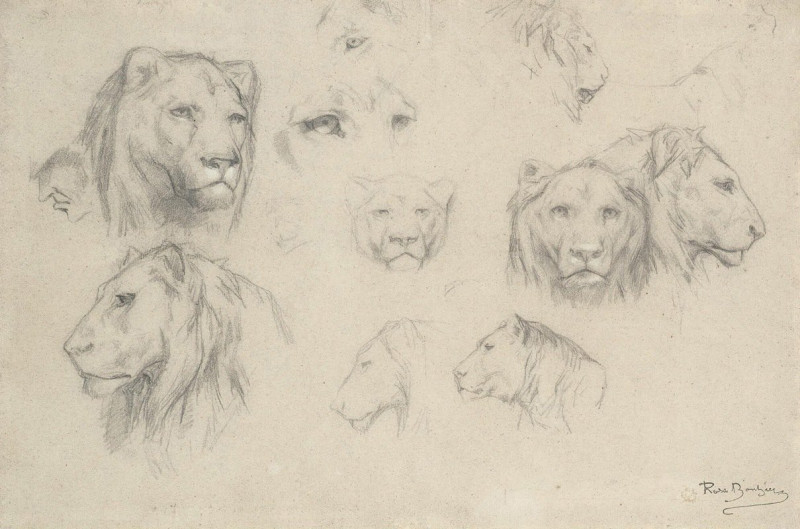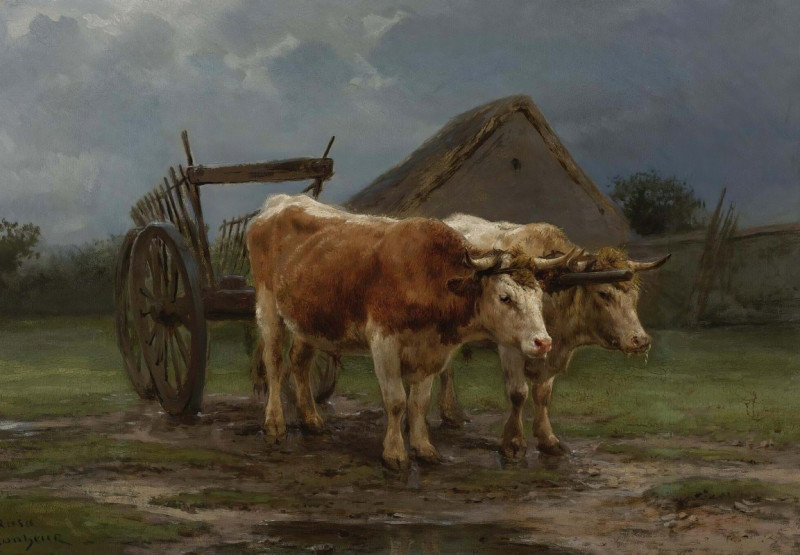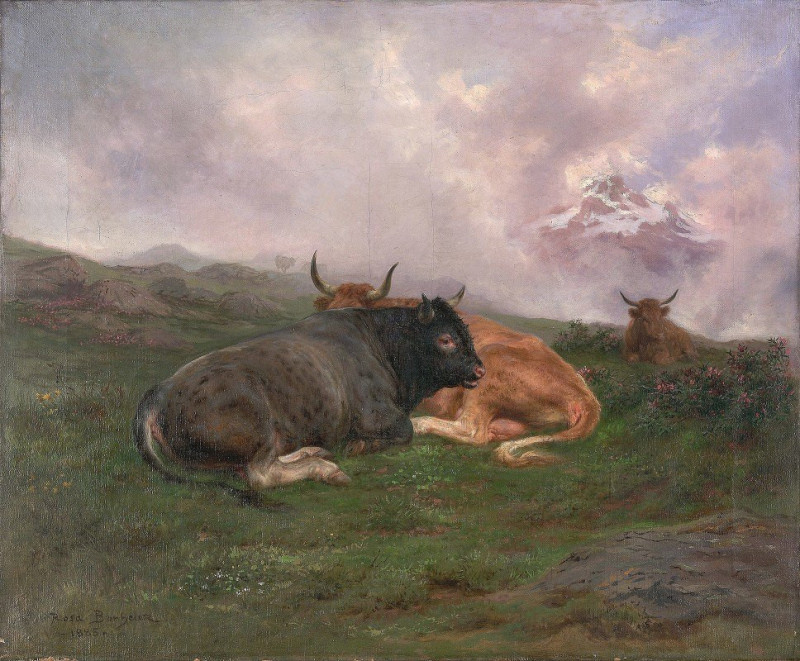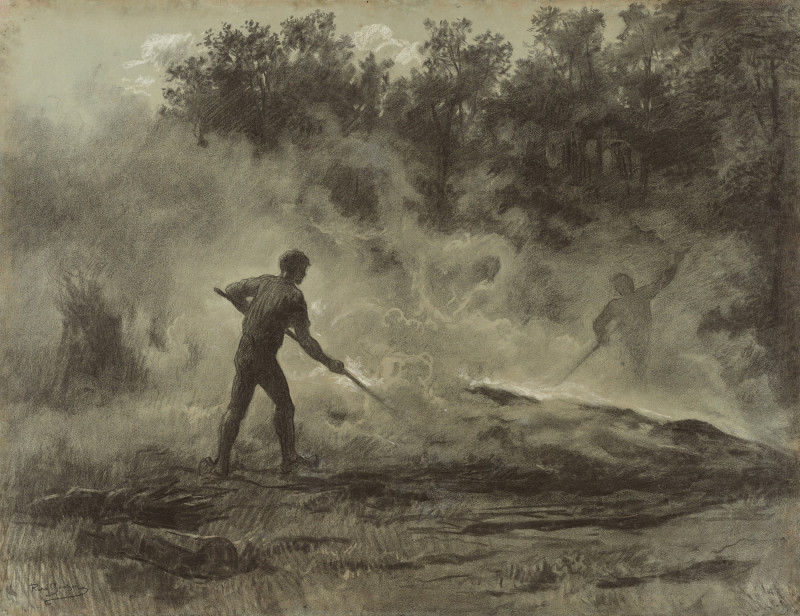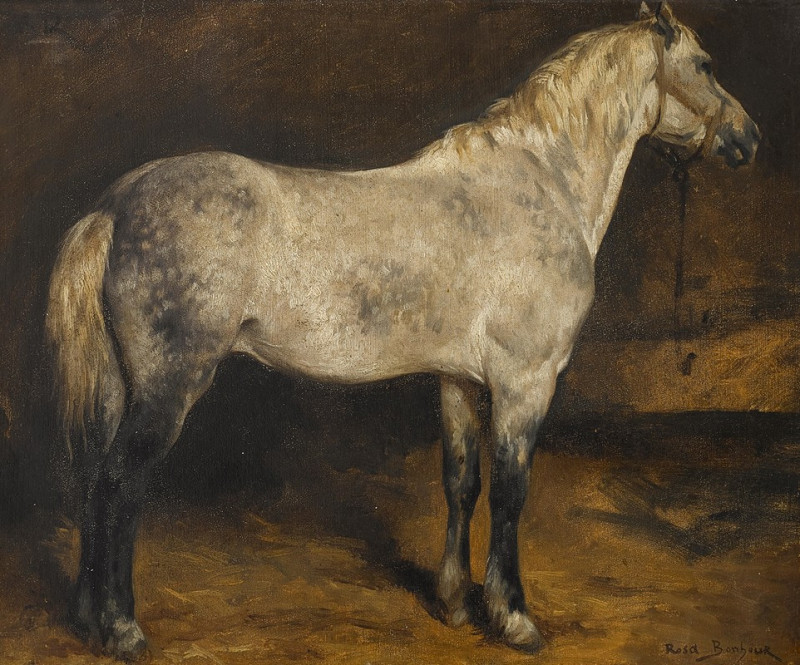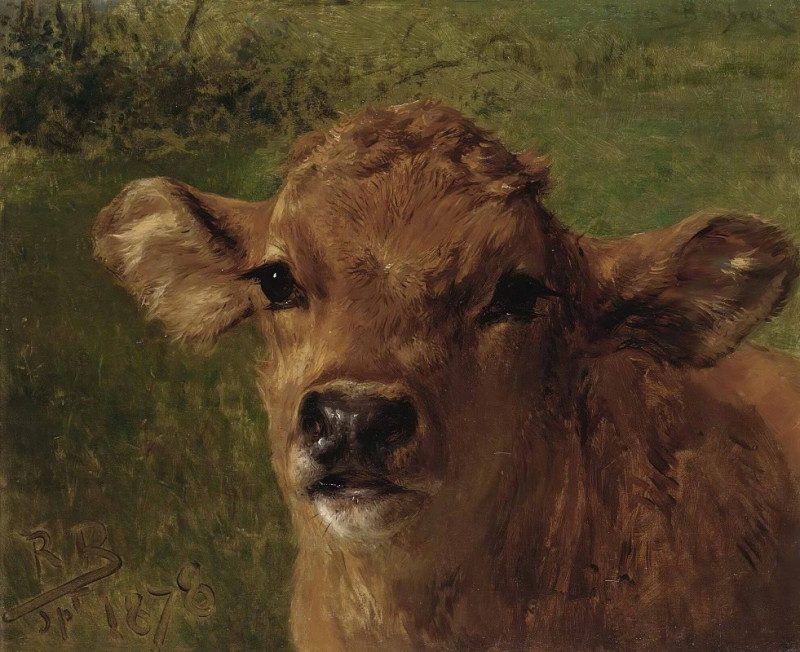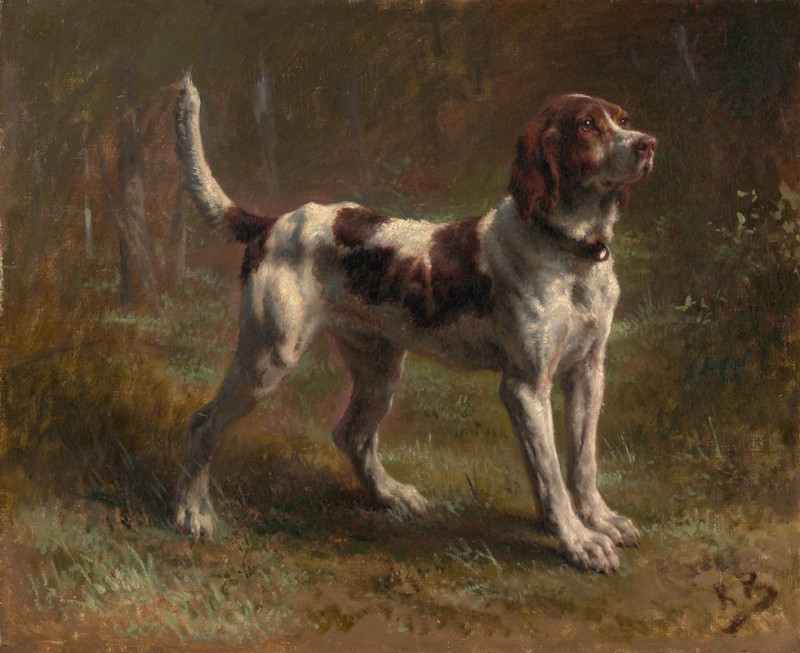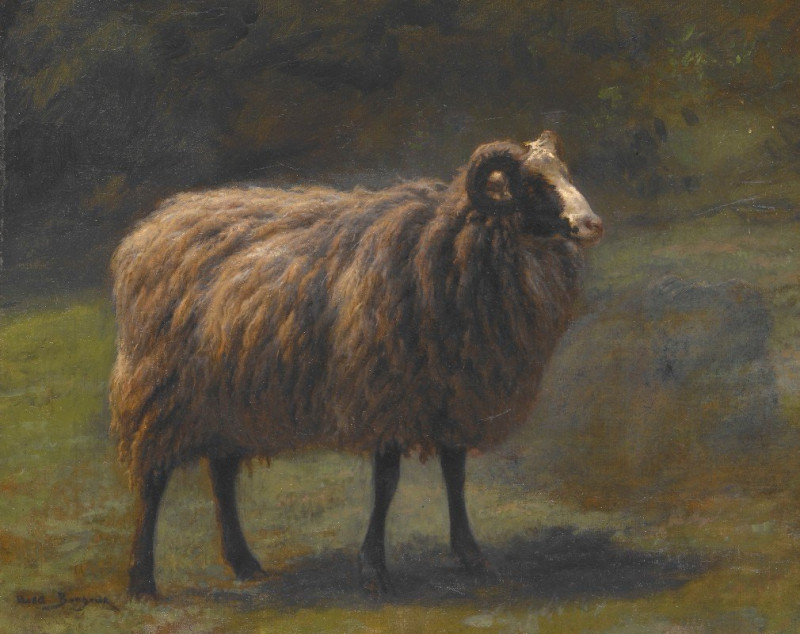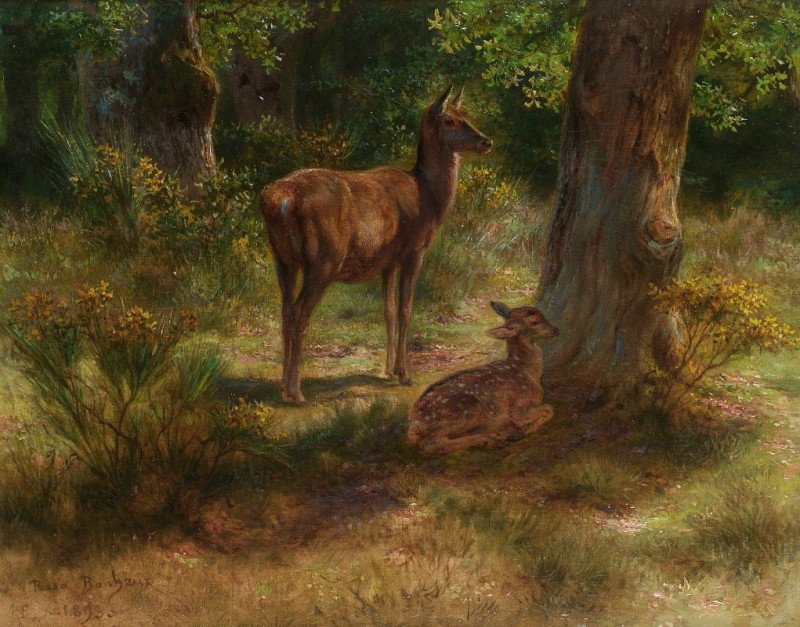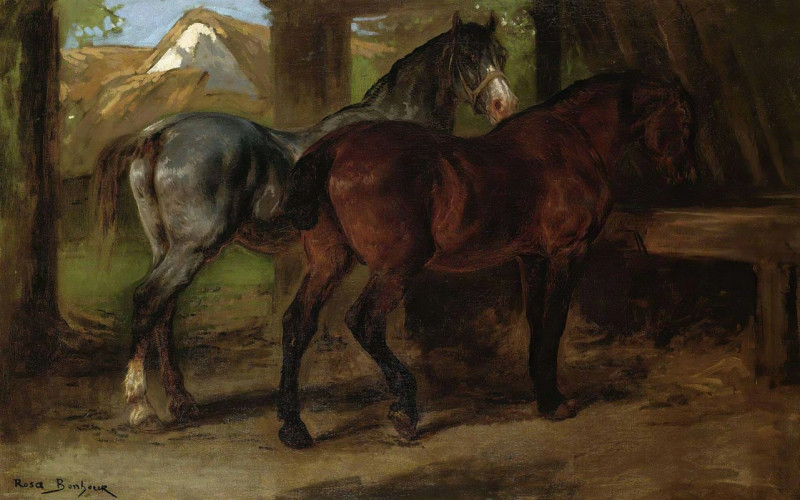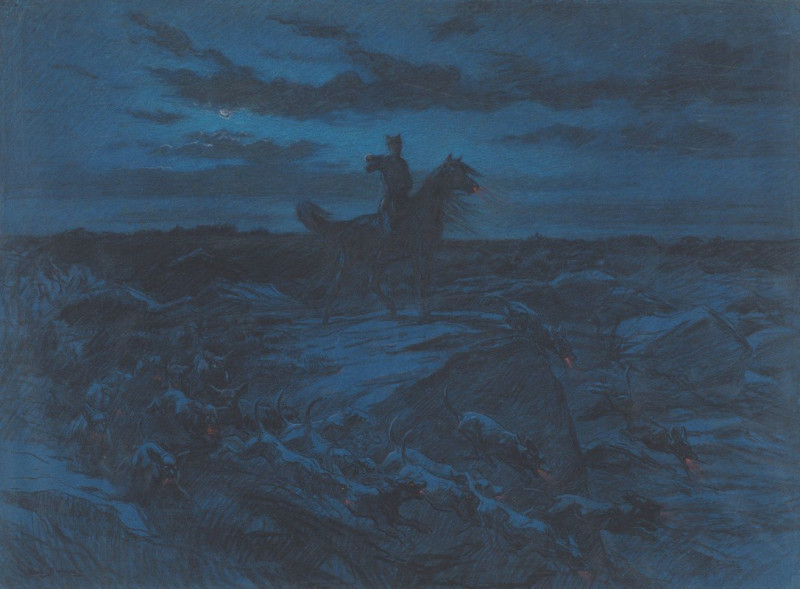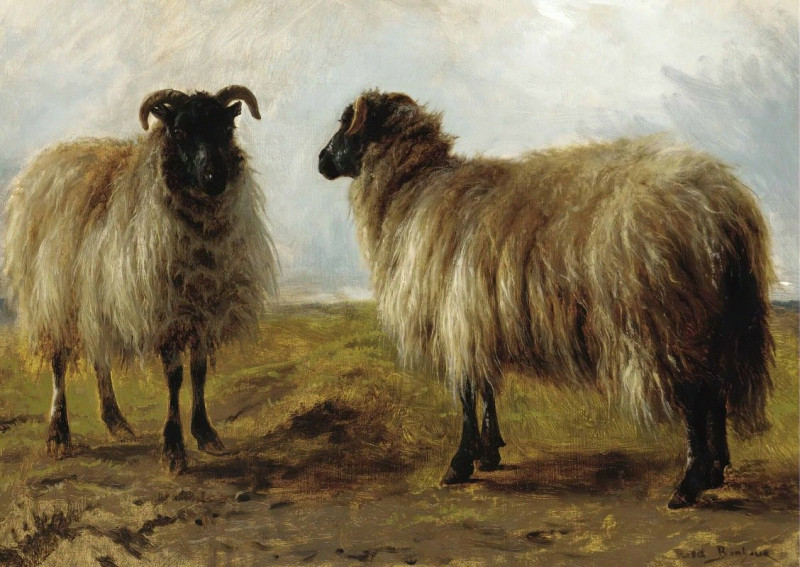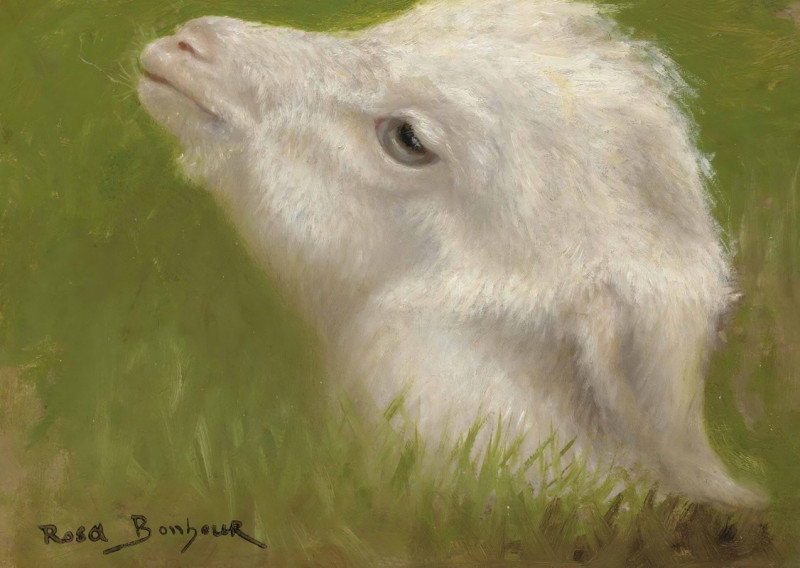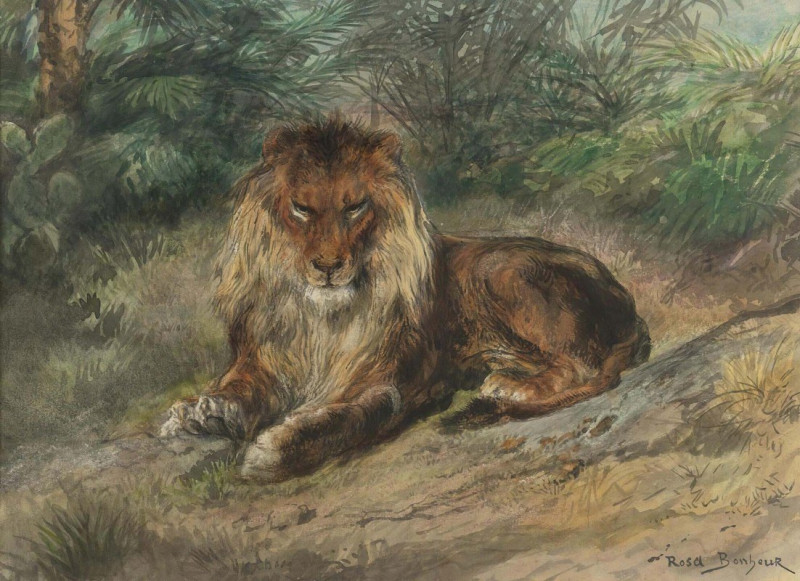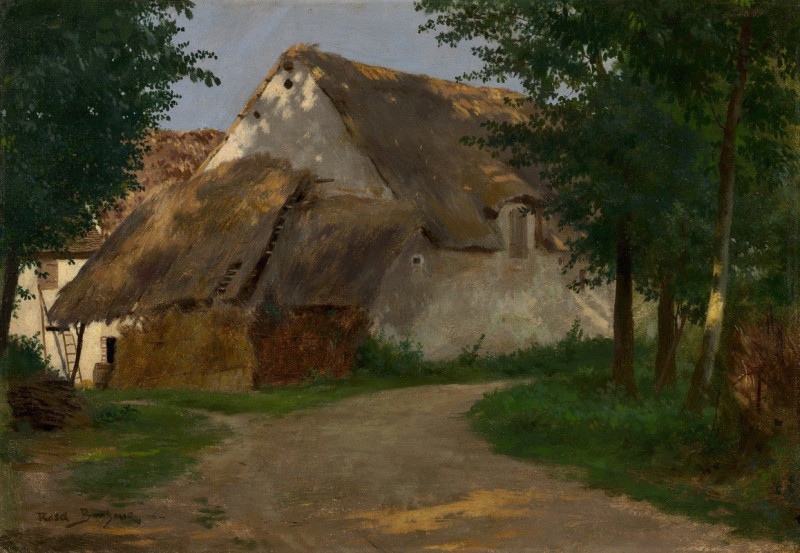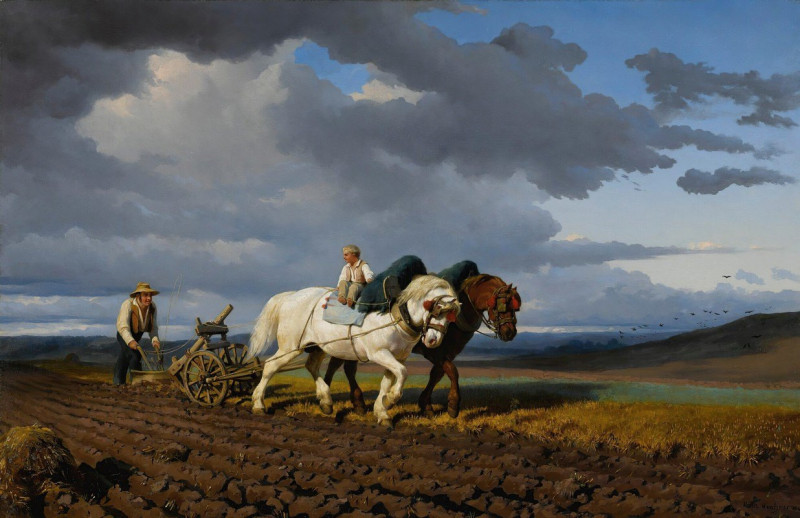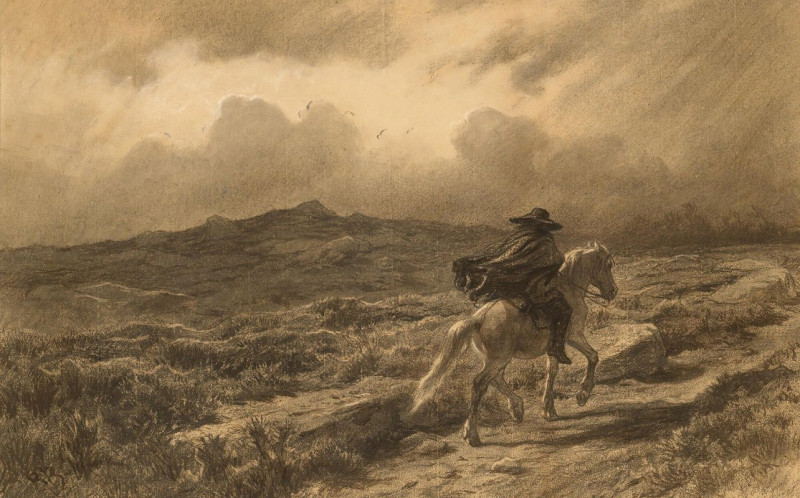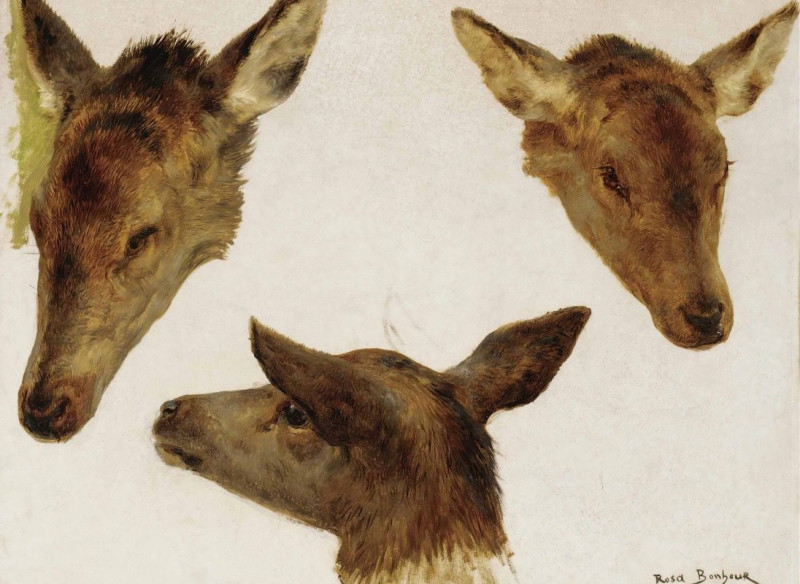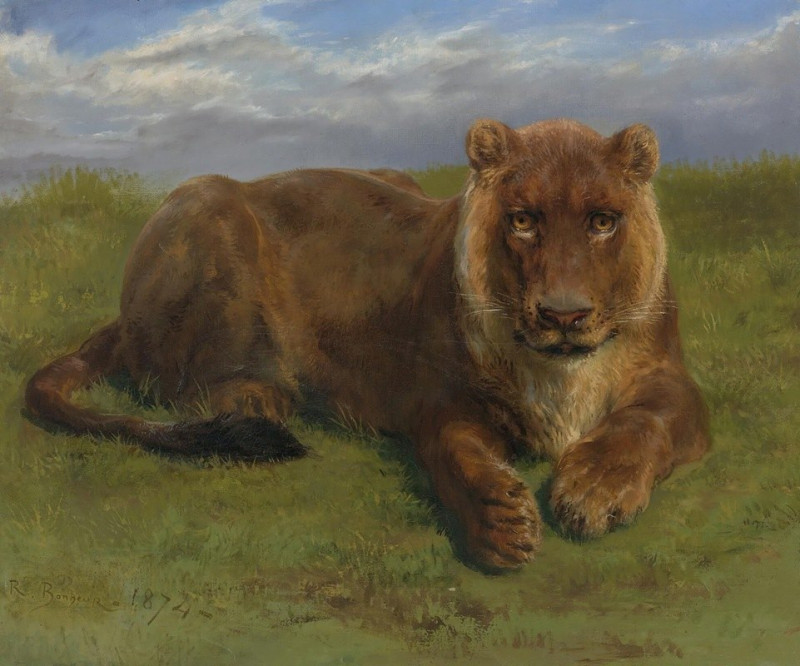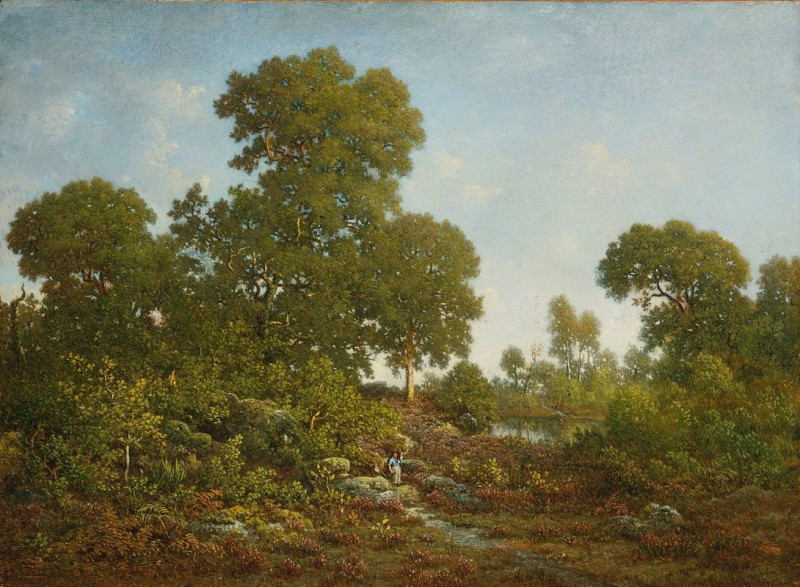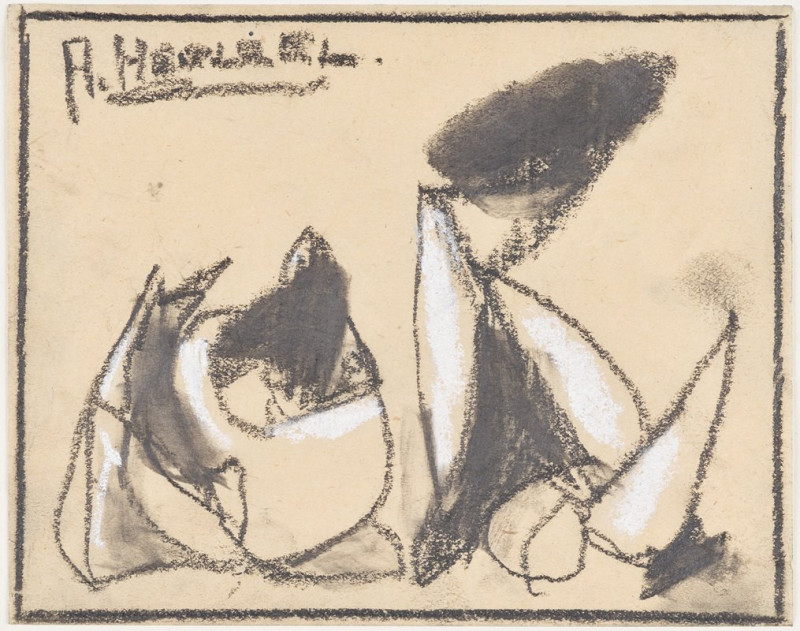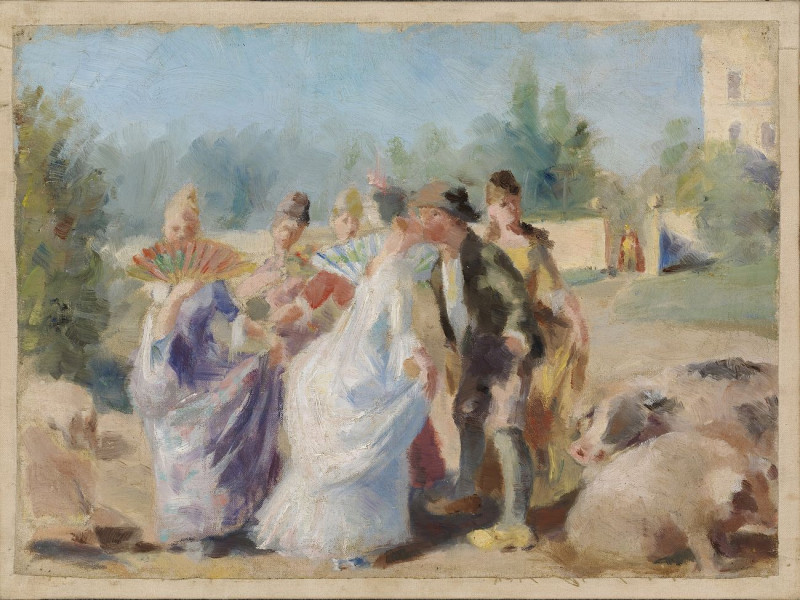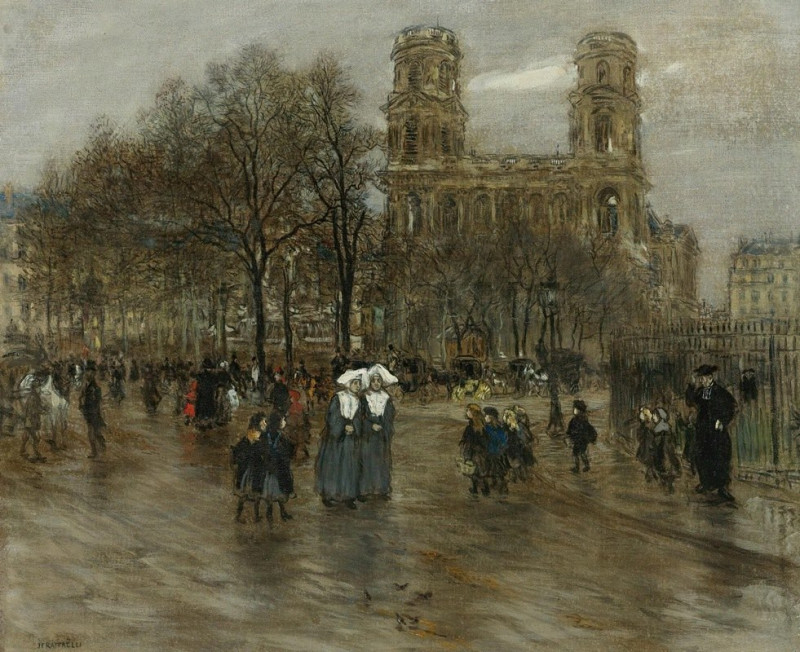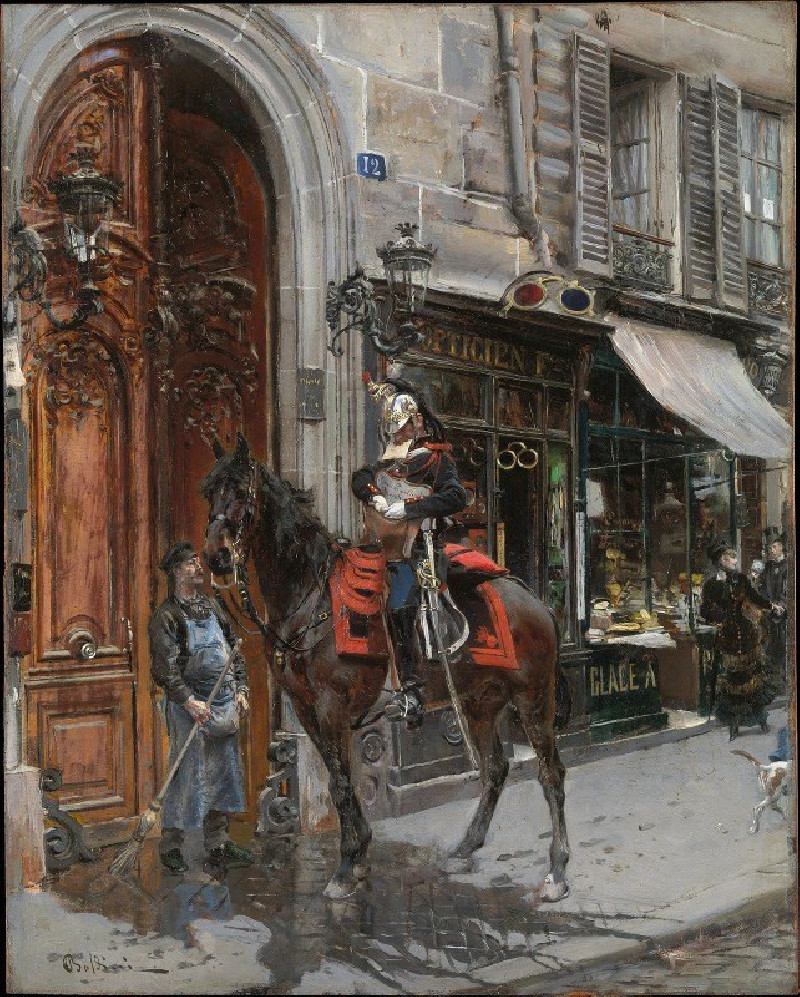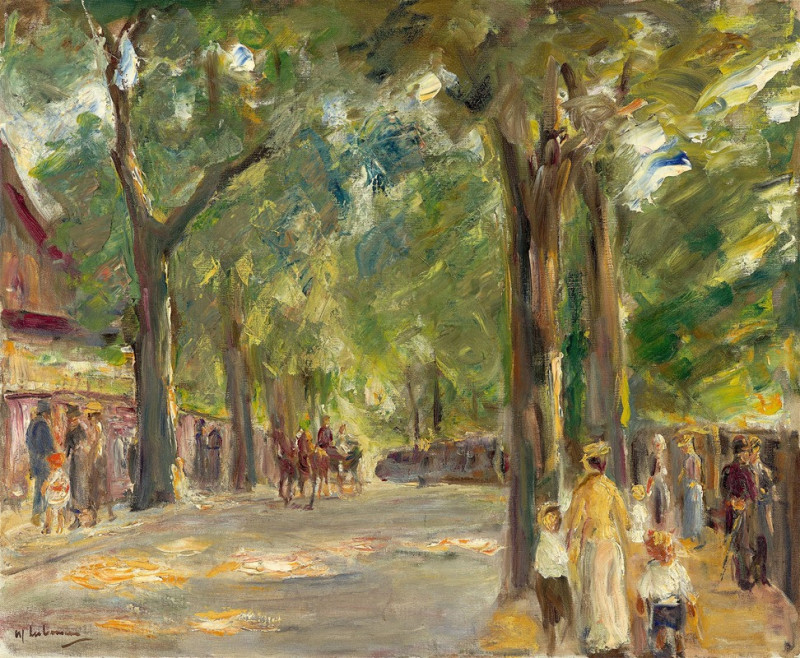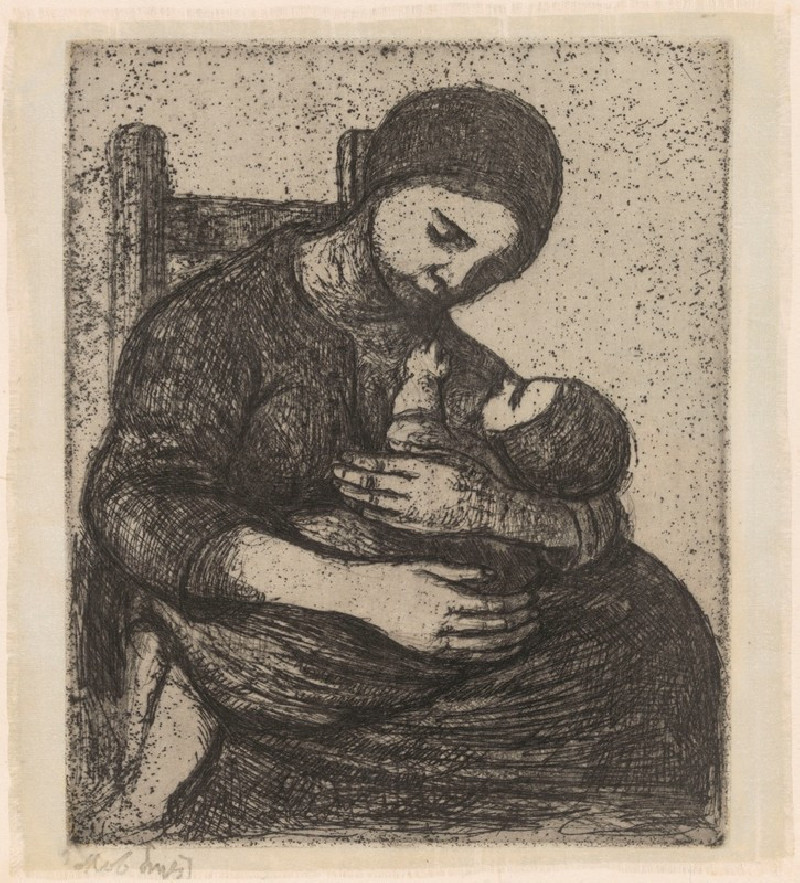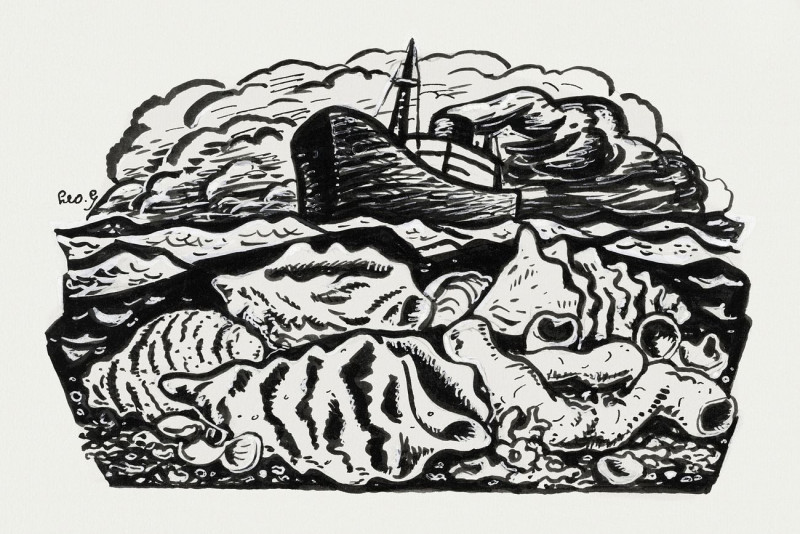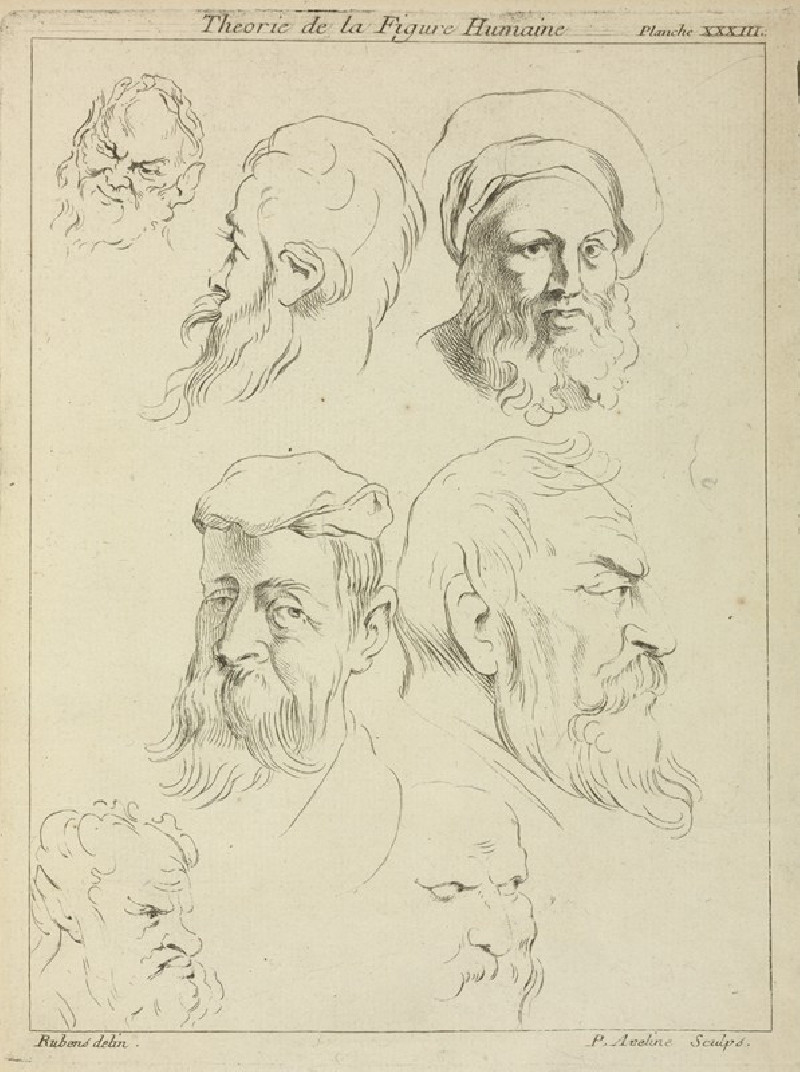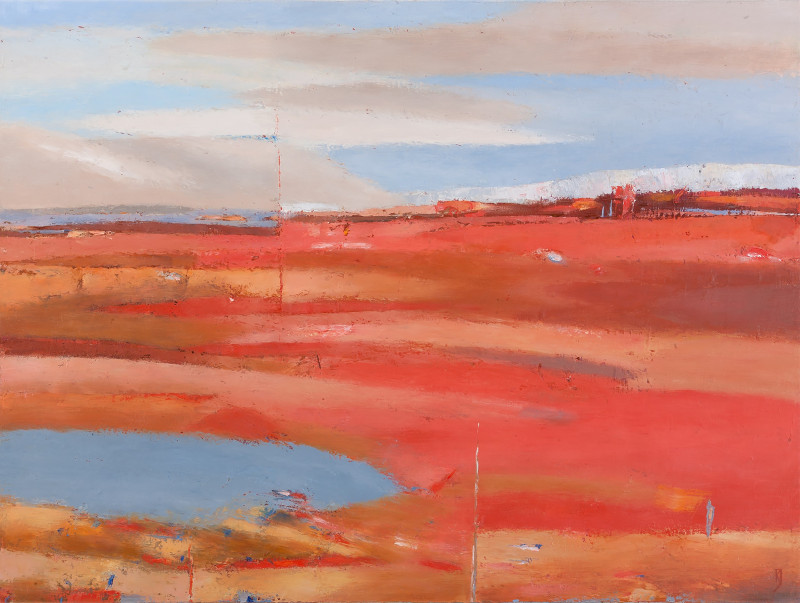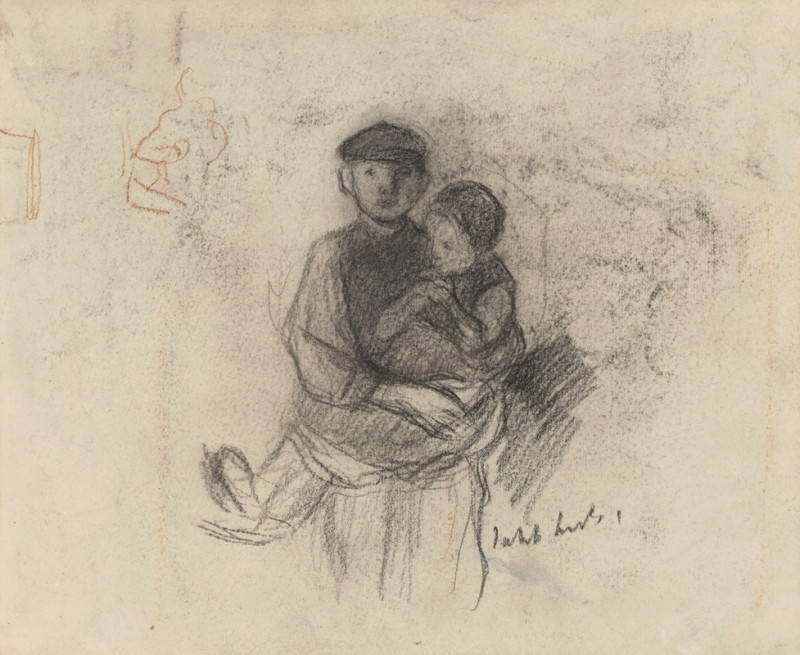Study Of Lions And Lionesses
Technique: Giclée quality print
Recommended by our customers
More about this artwork
Welcome to an intimate glimpse into the artistic process of Rosa Bonheur, one of the most revered animal painters of the 19th century. In this delicate sketch, titled "Study of Lions and Lionesses," we experience Bonheur's precise dedication to capturing the natural world.This thoughtful composition showcases a variety of lion and lioness studies on a single sheet of paper. Each sketch is rendered with meticulous detail, emphasizing the unique characteristics of these majestic creatures. The viewer's eye is drawn to the different expressions and profiles, revealing Bonheur’s deep observation and appreciation for her subjects.The assortment of sketches features lions and lionesses in various poses and expressions, from powerful profiles to serene frontal views. Their eyes, either softly engaging or fiercely strong, along with the detailed texture of their manes, illustrate Bonheur's skill and attentiveness to detail."Study Of Lions And Lionesses" not only highlights Bonheur's talent as an artist but also her scientific approach to understanding animal anatomy and behavior. Every stroke and shading technique she employed demonstrates her commitment to realism, striving to honor the dignity of the wild creatures she so loved.Rosa Bonheur's legacy as an artist who broke gender barriers and left an indelible mark on the world of art is celebrated in this sketch.
Delivery
Returns
Rosa Bonheur, born Marie-Rosalie Bonheur, was a French artist, mostly a painter of animals (animalière) but also a sculptor, in a realist style. Her paintings include Ploughing in the Nivernais, first exhibited at the Paris Salon of 1848, and now at the Musée d'Orsay in Paris, and The Horse Fair (in French: Le marché aux chevaux), which was exhibited at the Salon of 1853 (finished in 1855) and is now in the Metropolitan Museum of Art, in New York City. Bonheur was widely considered to be the most famous female painter of the nineteenth century.

